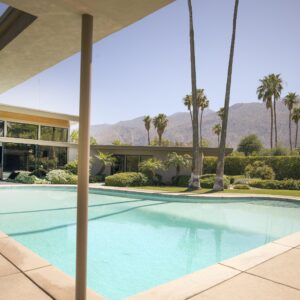The techniques that are most typically used in Spanish Revival Palm Springs architects are the details and designs that were mainly developed centuries ago but with time, have evolved into what we see now in the modern day world. This style, as the name suggest, obviously developed in Spain in the Iberian Peninsula so many centuries ago, and yet it is very modern, immensely functional and very attractive, qualities that have made it one of the most used styles of architecture in the world today, particularly in the United States of America.
The entire south and southwestern part of the country and even beyond is completely under the influence of this type of architecture, which is evident from the fact that entire neighborhoods, complexes, towns and even developments are being built based on the designs of the Spanish Revival architecture. However, buyers are mostly intrigued by the style of architecture in this genre that first came about in the early parts of the 20th century, popularly known as the first great period of the modern construction of Spanish Revival homes. This period began in the early parts of the 20th century and ended with the start of the Second World War.
This style was particularly in vogue in the states of Florida, Texas, and California, states that have a sizable Spanish population and was under the colonial rule of the Spanish for a very prolonged period of time. The architects would revel in the combination of the Mission style and the Pueblo style of architecture with the Spanish colonial style of architecture and hence created a style of architecture that was very distinct from the different styles of architecture that were present in the country at that time, thus giving birth to a completely new style of architecture known as the Spanish Revival. Before the advent of this type of architecture, the type of architecture that existed in the country was inspired by the design vocabulary of the northern parts of Europe.
In the early parts of the 1920s, there was a boom in this type of architecture as entire neighborhoods in California began to be designed on this format and this continued till the early 1930s. This style of architecture became so immensely popular that the style began to get imported into parts of the Midwest and Northeast of the country, parts that were very traditional in their architectural designs and style.
This style, although was best suited to California and there were several reasons for this. This style has a plenty of typical features and some of them include rounded columns with very intricate carvings that lend a type of typical beauty to the homes. The railings are also very intricately designed and have stories depicted in those designs. Apart from these two, the use of red tile on the roofs is typically Mediterranean in approach.


